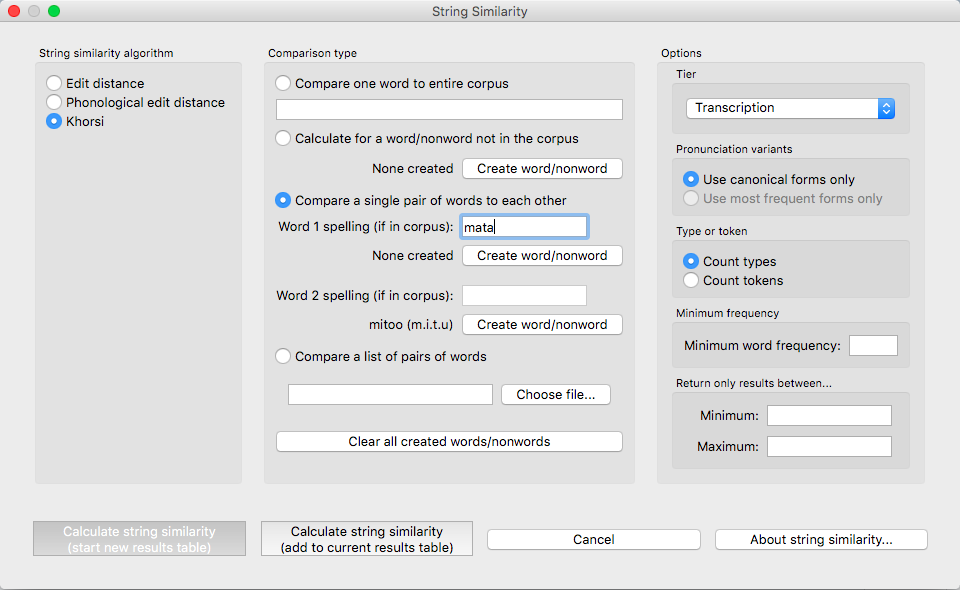

First, we proposed a vocabulary for the sourcing field by reusing and integrating existing vocabularies, in order to semantically annotate the textual descriptions of providers and requests for services.
String similarity professional#
Silex is a start-up that develops a Software-as-a-Service sourcing tool that allows companies to provide a description of their professional activities, their offers and/or the services they are looking for in natural language (currently French).In this context, the objective of this thesis is to propose a decision support system by exploiting the semantic knowledge that are extracted from the textual descriptions of requests for services and providers, in order to recommend relevant providers for a service request.The contributions of this thesis are the following. This CIFRE doctoral thesis is part of a collaborative research project between the I3S laboratory of the University of Côte d'Azur and the Silex company, and addresses the field of recommendation systems. Our approach utilises a multi-viewpoints ontology, with heterogeneity at the local level and consensus at the global level. What is unique in our approach is that one element in a resource can be annotated with different specific concepts, based on different viewpoints. The heterogeneous annotations are consistent with the global interpretations and with one another. We propose an approach constructs a consensual (global) annotation and then enriches the consensual annotation with heterogeneous (local) annotations, each of which is a specification of the global annotation. However, extant work cannot enrich consensual annotations with heterogeneous annotations. Sometimes specialists in a domain want to enrich this interpretation with specific interpretations based on their specialties, consistent with the interpretations of other specialists.

The semantic annotations presented in current research are based on consensual descriptions of domain knowledge which are used to generate a consensual interpretation of the resource content.


 0 kommentar(er)
0 kommentar(er)
